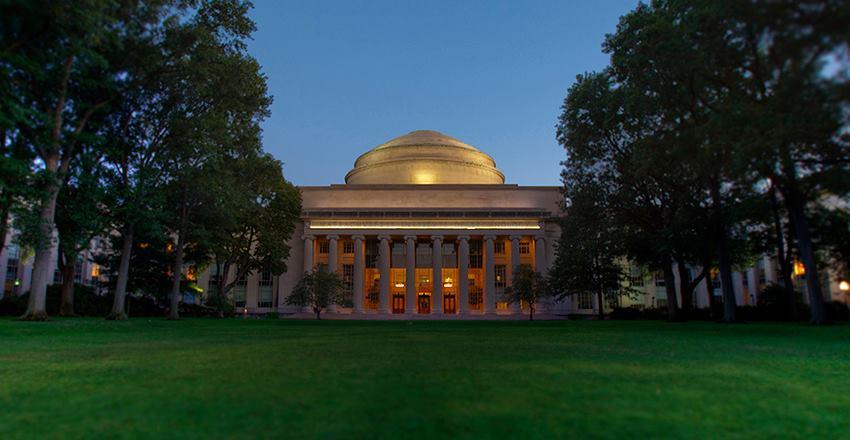


The Massachusetts Institute of Technology is a world leader in research and education.
192 людям нравится это
0 Записей
0 Фото
0 Видео



